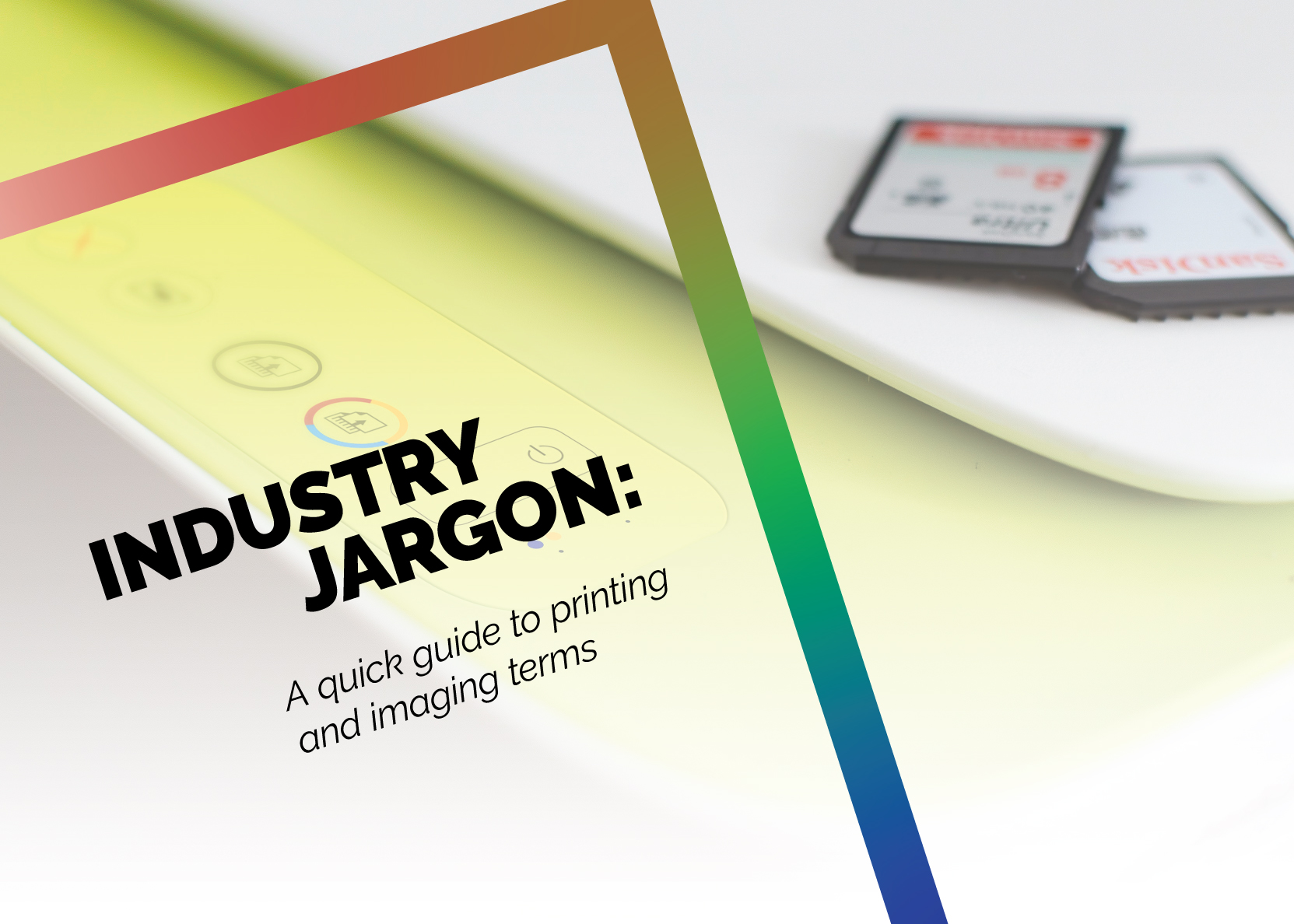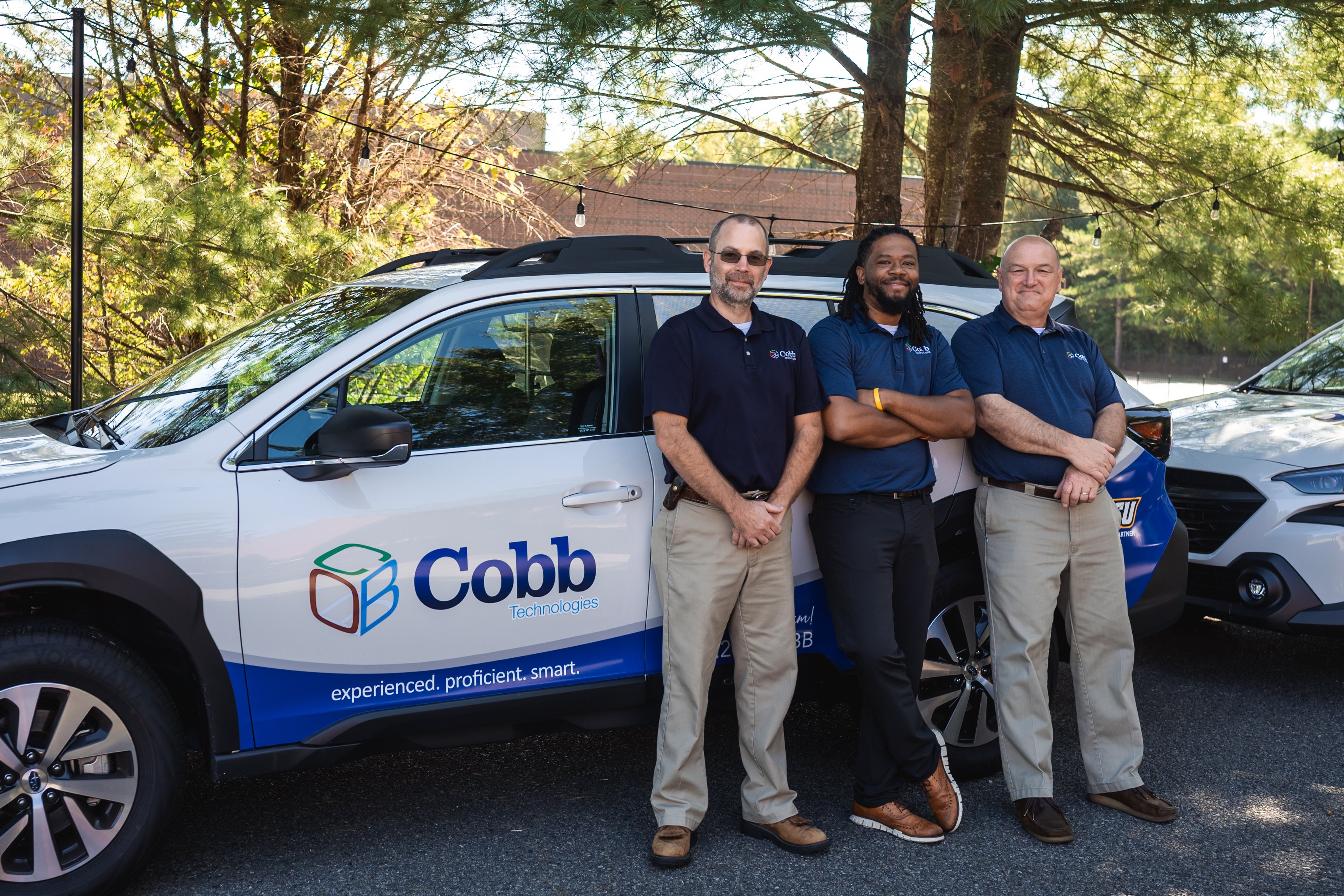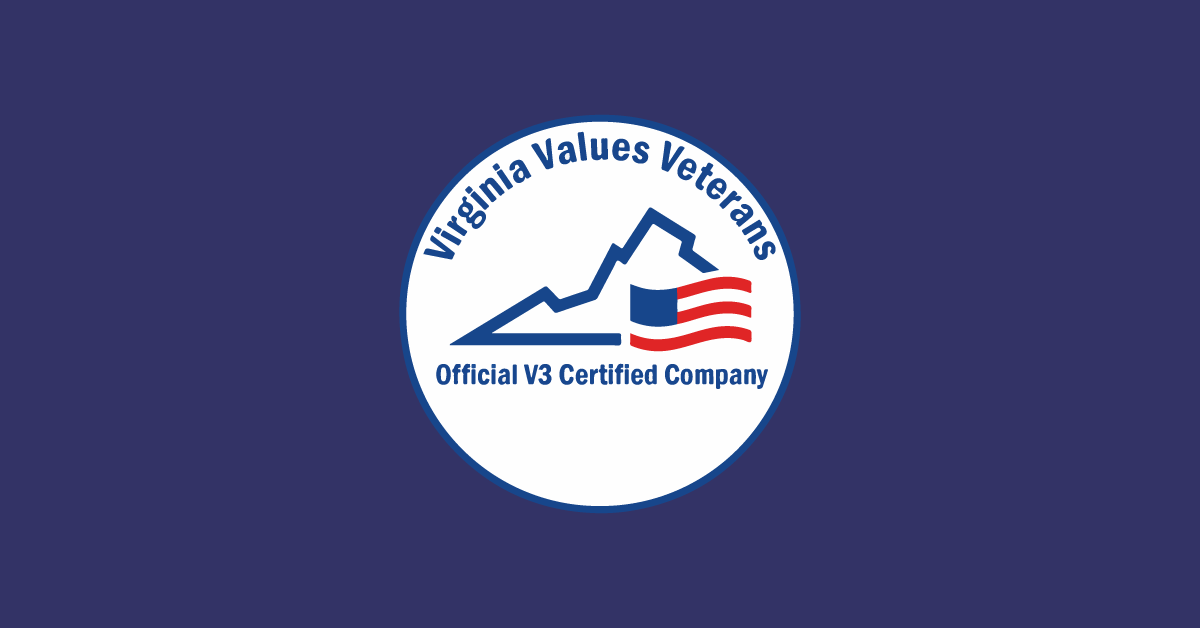3 min read
Building Culture That Works: Cobb Tech Named One of VA's Best
Cobb Technologies has been honored as one of the 2025 Best Places to Work in Virginia by Virginia Business and Best Companies Group. This prestigious...
2 min read
 Lindsay Greenwood
May 12, 2020 2:55:17 PM
Lindsay Greenwood
May 12, 2020 2:55:17 PM

Every industry and every profession has its own jargon. For example — if I were to say “API” to a chemical engineer, their brain would automatically translate that abbreviation to “Active Pharmaceutical Ingredient.” A software developer, on the other hand, would think “Application Programming Interface.”
Jargon is a problem rife throughout the whole of the tech industry — and as the needs of the office evolve, “tech” and “business solutions” merge closer together. By now, they are pretty much one-and-the-same. And even terms like “business solutions” fall into jargon territory — and jargon like this can not only be confusing, but come off as condescending.
Worse, is when the answer to a question you’ve asked a subject matter expert is lost in translation. This can lead to wasted time as you delve deeper into the abyss of internet knowledge, or even hosting more meetings with subject matter experts as you make sense of jargon-based knowledge.
So, to pose the question of the title of this blog; what’s the difference between a copier and an MFP? Below, you’ll find the answer, as well as a quick list of office technology industry terms we often don’t understand.
Let’s start off with the most generic term of all. While vague and confusing, “office technology” refers to your office phones, copiers, scanners, printers, network routers, server hardware, laptops, and anything else your business uses to complete the work it needs to do throughout the day.
Often abbreviated to “IT,” Information Technology specially refers to your business’ computers, hardware, software, and any other devices that your business uses. Information Technology and Office Technology can often be used interchangeably — but IT is a more narrow topic. All your office’s technological solutions collectively create your “environment.”
This refers to a phone system that is either analog or digital, meaning voice data is transferred via phone line.
Voice over IP refers to a phone system that sends voice data as tiny packets of information via internet connection, rather than the phone line. For more information about VoIP, visit this video, What is VoIP?
We’ve finally come to the answer we’ve all been waiting for — what’s the difference between a copier and an MFP? It’s a trick question. A copier is an MFP. Or part of one, at least. MFPs can print, scan, and copy documents, even sending scanned documents to email via automated workflows, or being used to send faxes. Simply put, if a task deals with standard paper sizes, an MFP can handle it.
This is a printer that has the capability of completing a single task — like how a copier can only make copies, and a printer can only print files.
The word “Image” has a much wider breadth when speaking about printer and copier capabilities. When used this way, image refers to the file or product you send from your computer to make a print.
This is a unit of measure that counts how many copies or images you are producing.
The most effective (and simplest) litmus test you can use to determine if a solutions representative is providing you with the correct solution is this: can they answer your question without jargon?
If they can’t provide you with an answer that speaks your business’ language, do they really understand its needs? If they are unable to do so, it may be time to find a new representative.

3 min read
Cobb Technologies has been honored as one of the 2025 Best Places to Work in Virginia by Virginia Business and Best Companies Group. This prestigious...

5 min read
Cobb Technologies is honored to hold the SWaM (Small, Women-owned, and Minority-owned Business) certification, awarded by the Commonwealth of...

5 min read
Every year, thousands of Veterans transition from military service to civilian careers in Virginia, bringing invaluable skills and experiences to...